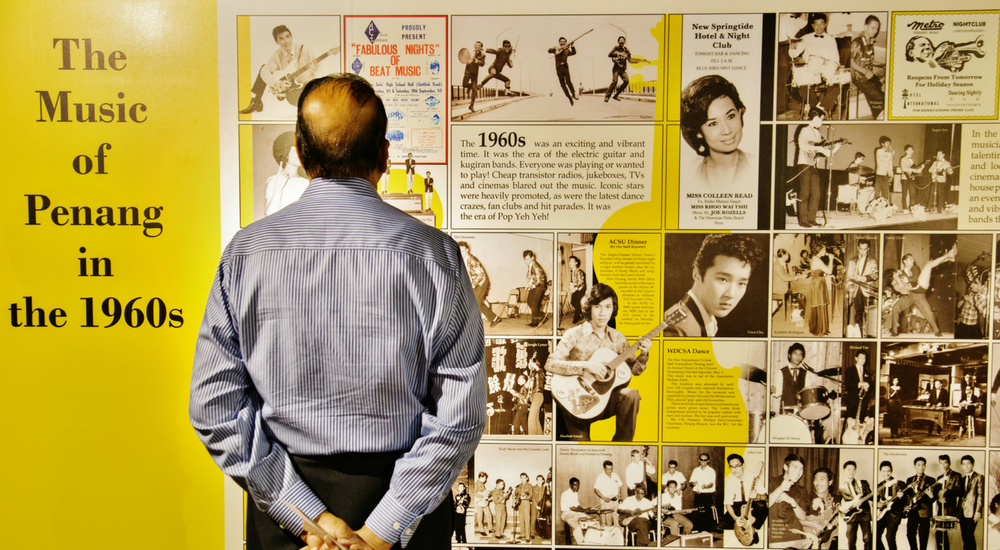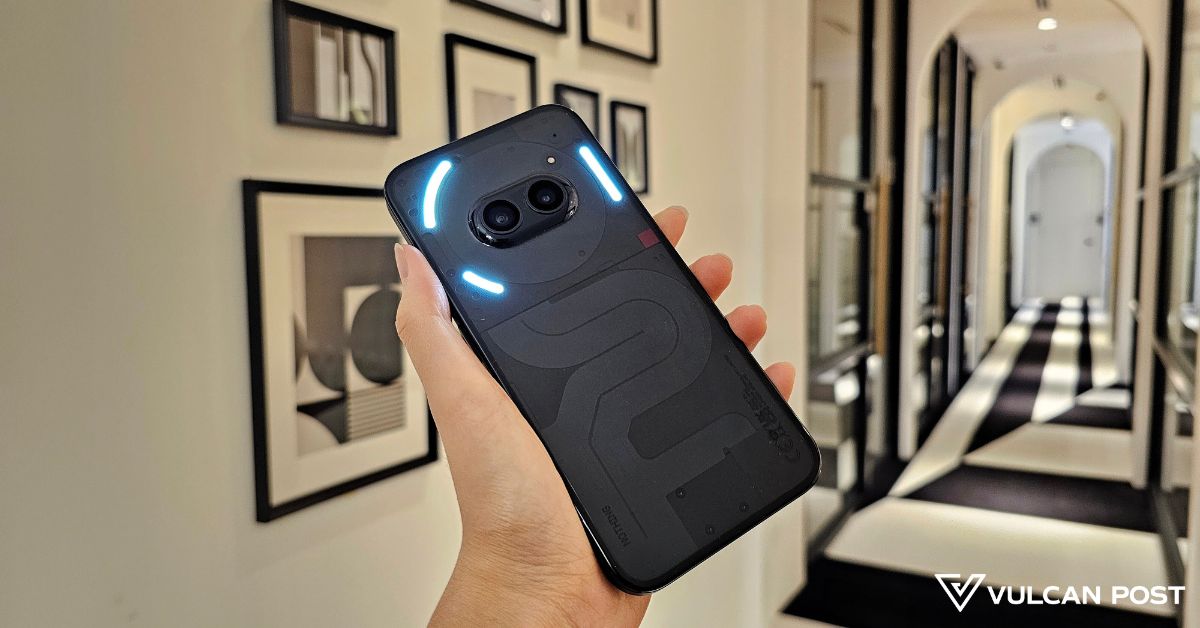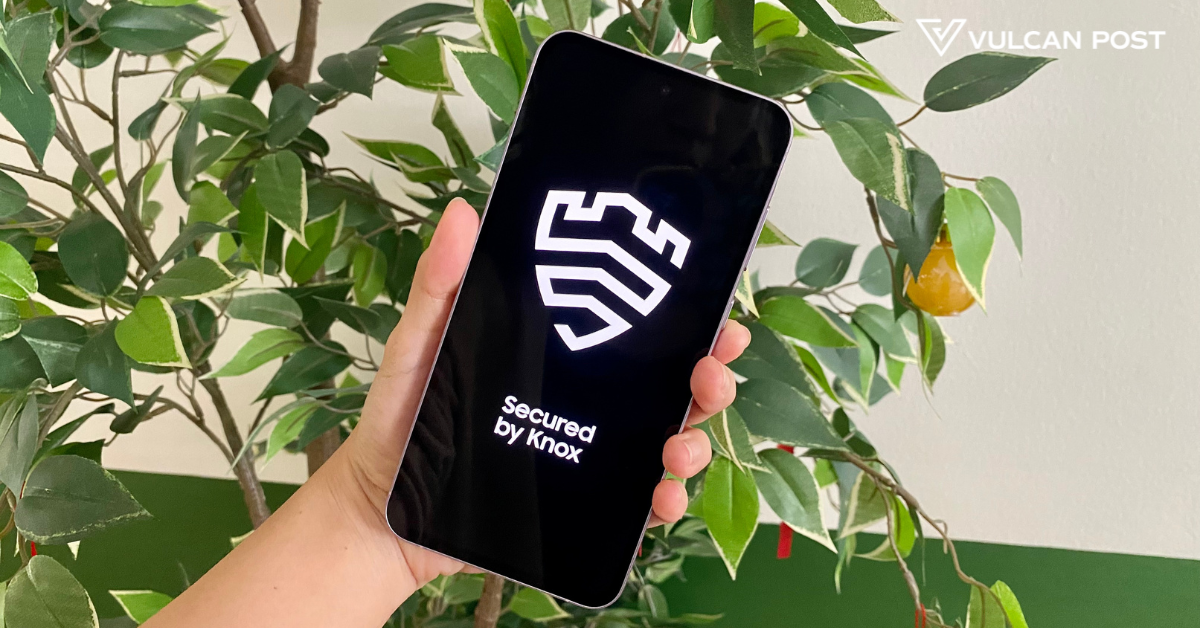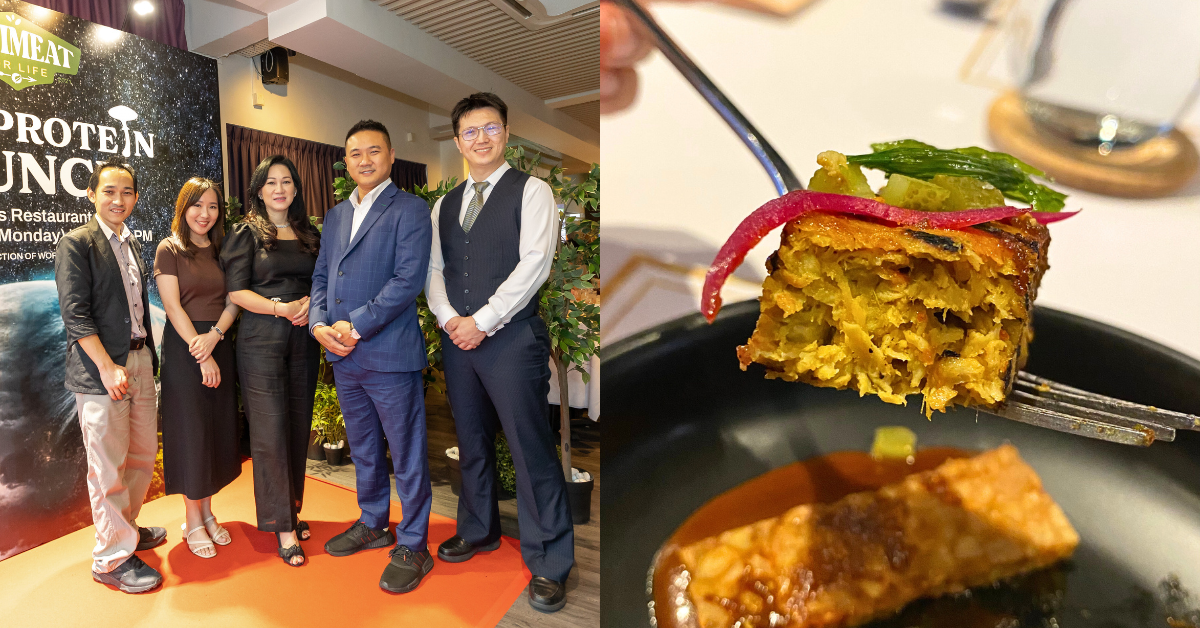The harsh truth about us in Malaysia: there is a lack of pride in who we are. A measure of our modernity often tallies with how westernised something is.
In our relentless march towards progress, we’re unknowingly turning away from all the little things that made us special.
But for those times when nostalgia hits, the Penang House of Music is an effort to preserve the best of Malaysian sounds from the 40s to the 60s, as long as we still have living musicians from the era to hear from, and records yet lost to the sands of time.
One wouldn’t usually associate the terms “classic Malaysian melodies” with “VR”, but both contrasting elements find their home there.

And their argument is that music is a good way to capture the thoughts, environment and general pizzazz of the era, written and produced by the people influenced by their environment. Everything from the lyrics to the sounds, and even the recording method can bring listeners back to bygone days on Penang streets.
Paul Augustin of the Penang House of Music has a more nuanced take. He found that Penang produced a constant stream of good musicians right up to the 1990s, when the “disco scene” took over, and machines were churning out the sounds that used to be produced by man.
This led to Paul’s own efforts to preserve these lost sounds, which he dubs as unique and had their own identity that differed from the more well-known Western sounds of that time.
History You Can Interact With
“In order to move forward, one must look back and learn from the good that has come to pass and also from the mistakes that were made,” said Paul. “Music plays an important role in everyone’s lives—songs have a tendency to take one back to a certain time and place.”
And to introduce this new generation to these older sounds, the Penang House of Music holds a number of interactive displays set to get visitors to engage with them.
During its development, the team tried to find something of a similar effort that they can duplicate or tweak, but theirs would be one of the first of its kind. They are a combination of a Resource Centre, Black Box and a Gallery.

Some of their displays include a real Radio DJ booth where visitors can flex their old style presenter skills, and even download their recording from a website.
They also have a VR room, a listening chair that plays music from an era, and also a listening dome that, through acoustics, plays music out of a small dome that only one person can hear even though it’s in an open space

Personally, what I find most fascinating is the motion sensor Potehi theater, as you can see below. Potehi puppet theater has Cantonese origins and is a form of cloth hand puppet theater that has found its way to even Taiwan and Indonesia.

They are also home to many audio-related vintage paraphernalia.

Preservation of Penang’s History

On top of having a museum filled with historical displays, Penang House of Music also houses local acts in their music house.
They have a monthly series of performances, the first in February starring a joint collaboration of local acts like Hara and Sheila Julis.

Joining forces with James Lochhead, Paul embarked on an effort to collect and compile pieces of musical history from vinyls, magazine cuttings, album sleeves, audio equipment and even verbal stories from the musical men and women who were there.
This grew from Penang-related exhibitions to some supplementary showings to an 11-room full showcase and finally, a book.
However, in researching that book, Paul notes that only 30%–40% of what they had made it into the final product. To make use of the rest, James and Paul looked into setting up a Resource Center that would be accessible to the public, and not just some obscure university library somewhere.
And most importantly, he wanted everyone to be able to appreciate and rediscover these lost sounds.
The Efforts That Go Into Saving The Past

During his efforts, Paul recounts the time when he met musician Ahmad Merican, who shared his experience in 1960 when Tunku Abdul Rahman encouraged him to go and learn about new technology that was described as, “You know the radio? They are putting pictures to it. ”

Sometimes it does hit you that the television wasn’t always around.
“Another good but sad fact was that some of those we interviewed passed away not long after we spoke to them like Bryan Jeremiah, Nancy Yeoh, Colin Capel, Gilbert Joseph… it got to a point that people were getting a bit worried about being interviewed by us!”
Most of their efforts thus far lies in collecting photographs, newspaper articles and posters—mainly print-related. “What we usually do with the print-related stuff is to scan them in a minimum of 300 dpi resolution and return the physical items to the owners. However, some of them have passed the physical items to us to keep,” said Paul.

In terms of artifacts, they only recently started collecting physical items like radios, microphones, vinyls, books, and instruments, which is a different demon to tackle.
Vinyls have to be cleaned, placed in new plastic sleeves, and documented before being placed in air-tight containers. Meanwhile, items like radios, microphones and instruments have to be cleaned and then kept in relatively moisture-free environments.
Throughout our interview, Paul and the team with and behind the Penang House of Music showcased a clear passion for what they do, despite the painstaking hours of labour, and some offhand remarks of sleeping in the gallery space to make sure everything is runs smoothly.
While I’m sure that some may share Paul’s sentiments regarding a lack of appreciation for our own Malaysian voices, I believe that there will come a time when these same sounds will come into vogue again. There will be a chance for the modern and more classical sounds to blend together as well as the old and new blends in Penang House of Music.









